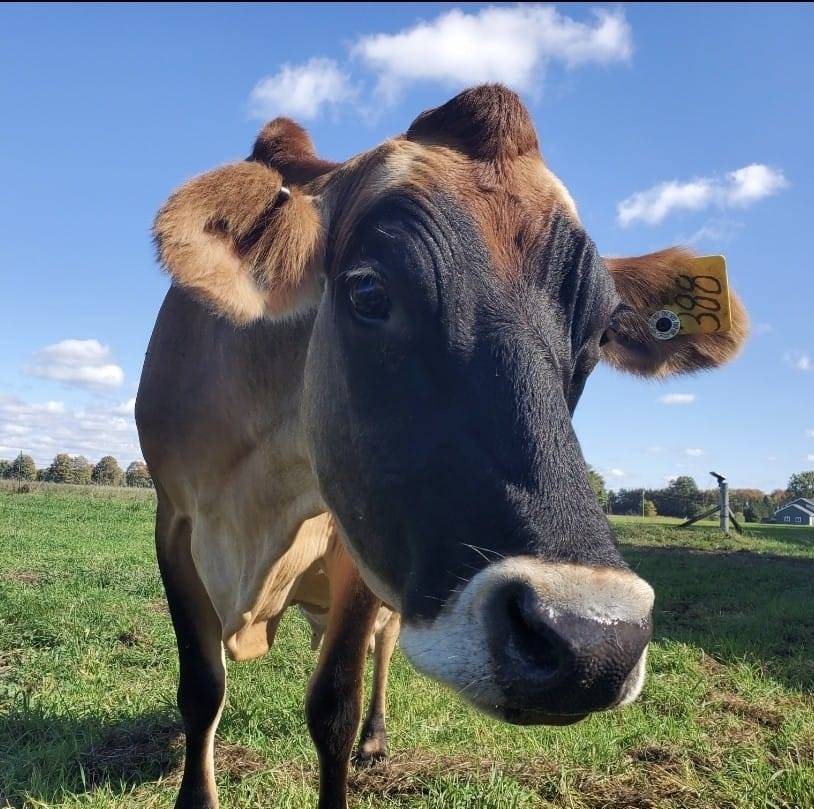The Rarity of the Mulefoot Pig: An In-Depth Exploration
Historical Significance and Decline
The Mulefoot pig’s story is deeply woven into the fabric of American agriculture, tracing its roots back to the early 20th century when it was commonly found on farms across the Midwest. Known for its distinctive solid hooves—a trait from which its name derives—the Mulefoot was valued for its hardiness, foraging ability, and the quality of its meat. However, as agricultural practices evolved and the industry favored more rapidly growing, commercially viable pig breeds, the Mulefoot’s numbers began to decline. This decline was not merely numerical but represented a loss of genetic diversity and heritage, pushing the Mulefoot to the brink of extinction by the late 20th century.
The factors contributing to the Mulefoot’s decline are multifaceted, including the industrialization of agriculture, the consolidation of pig breeds to meet market demands, and a lack of awareness about the importance of conserving heritage breeds. The shift towards intensive farming methods also played a significant role, as these practices often do not accommodate the natural behaviors and needs of heritage breeds like the Mulefoot.
The Conservation Effort: A Battle Against Time
Recognizing the Mulefoot’s critical status, a small but dedicated community of farmers, breeders, and conservationists began to mobilize in the late 20th and early 21st centuries. Their mission was clear: to prevent the extinction of the Mulefoot pig and to preserve its genetic legacy for future generations. This mission involved several key strategies, including the identification and registration of purebred Mulefoot pigs, the establishment of breeding programs aimed at increasing population numbers while maintaining genetic diversity, and the promotion of the Mulefoot within sustainable and heritage farming circles.
Conservation organizations such as The Livestock Conservancy played a pivotal role in these efforts, providing resources, support, and a network for those involved in the preservation of the Mulefoot pig. These efforts were bolstered by research into the breed’s genetics, history, and characteristics, shedding light on its significance and informing conservation strategies.
Despite these concerted efforts, challenges abound. The limited genetic pool of the remaining Mulefoot population poses a significant hurdle, requiring careful management to avoid inbreeding while striving to expand the breed’s genetic diversity. Moreover, the economic viability of raising Mulefoot pigs in a market dominated by commercial breeds remains a persistent challenge, necessitating innovative approaches to marketing and the development of niche markets for Mulefoot pig products.
The Genetic and Ecological Importance of the Mulefoot Pig
The conservation of the Mulefoot pig is not merely an act of historical preservation; it is a critical endeavor for maintaining agricultural biodiversity. The Mulefoot’s unique genetic traits, including its resistance to certain diseases and its ability to thrive in diverse environmental conditions, underscore the importance of its preservation. Heritage breeds like the Mulefoot contribute to the genetic diversity of livestock populations, offering a reservoir of traits that could be vital for the adaptability and resilience of future agricultural systems.
Furthermore, the Mulefoot pig’s role in sustainable and regenerative farming practices highlights its ecological importance. As a breed that excels in pasture-based systems, the Mulefoot can contribute to soil health, biodiversity, and the overall ecological balance of farming environments. These contributions align with broader goals of sustainable agriculture, emphasizing the interconnectedness of animal genetics, farming practices, and environmental stewardship.
Building a Future for the Mulefoot Pig
The path forward for the Mulefoot pig involves a multifaceted approach, integrating conservation, education, and community engagement. Building awareness about the Mulefoot’s plight and the broader issues of heritage breed conservation is essential for garnering public support and involvement. This includes educating consumers about the value of heritage breeds, not only in terms of genetic diversity but also regarding the quality and sustainability of the products they offer.
Efforts to ensure the economic viability of raising Mulefoot pigs are also crucial. This involves developing markets for Mulefoot pork and other products, highlighting their quality, taste, and the sustainable practices involved in their production. By creating demand for Mulefoot pig products, farmers and breeders can establish a sustainable model for the breed’s conservation, ensuring its survival and prosperity.
In conclusion, the rarity of the Mulefoot pig is a complex issue, rooted in historical, genetic, and ecological factors. The efforts to conserve the Mulefoot pig represent a critical challenge and opportunity for preserving our agricultural heritage, enhancing biodiversity, and fostering sustainable farming practices. As we continue to advocate for the Mulefoot pig and other heritage breeds, we are reminded of the importance of diversity, resilience, and the enduring value of connecting with our agricultural past to build a more sustainable future.
